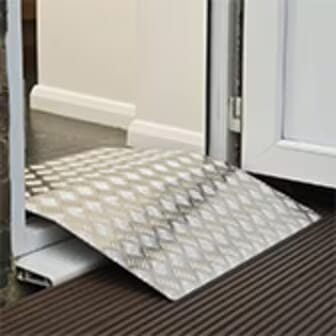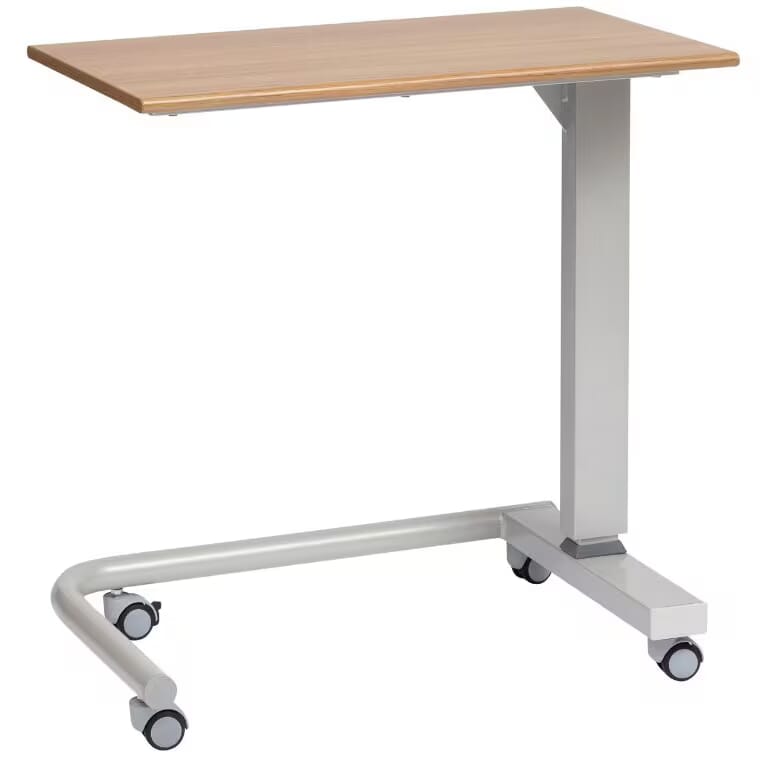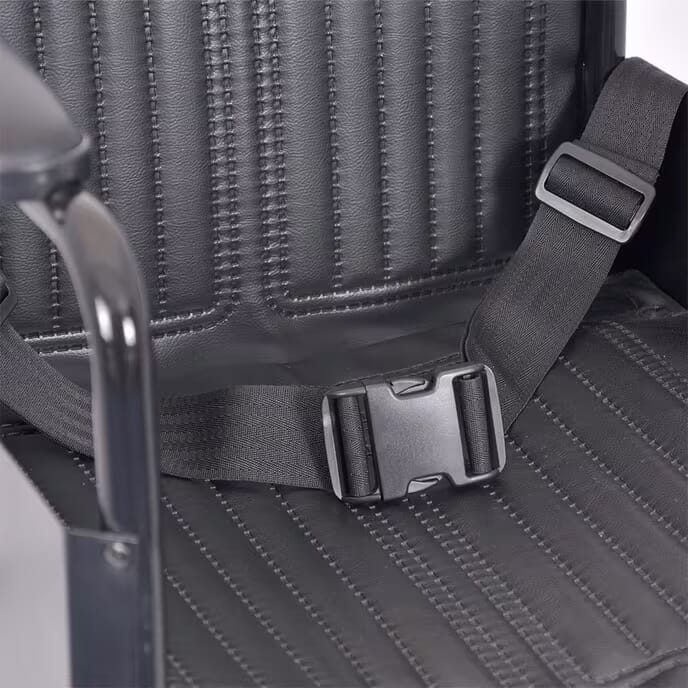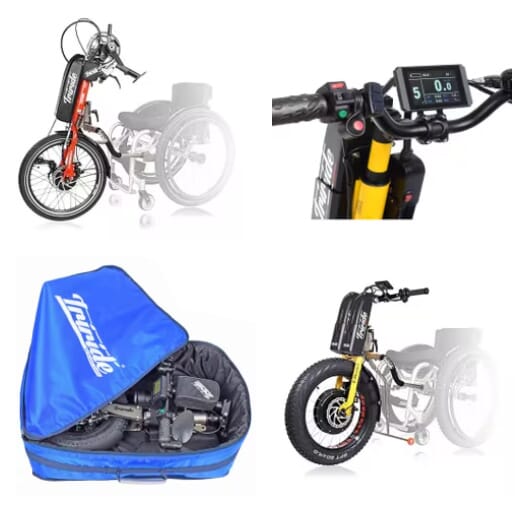Wheelchairs
We offer an extensive range of high quality and lightweight wheelchairs. All our chairs are reliable and tested to the highest standards. Essential Aids wheelchairs has established a reputation for supplying the best models on the market at affordable prices. We offer both self-propelled wheelchairs and manual models which require an assistant to push. If you are looking to buy a wheelchair or wheelchair accessories, we are here to help.
-
 Attendant Propelled Wheelchairs
Attendant Propelled Wheelchairs -
 Self Propelled Wheelchairs
Self Propelled Wheelchairs -
 Transit Wheelchairs
Transit Wheelchairs -
 Lightweight Wheelchairs
Lightweight Wheelchairs -
 Folding Wheelchairs
Folding Wheelchairs -
 Folding Electric Wheelchairs
Folding Electric Wheelchairs -
 Bariatric Wheelchairs
Bariatric Wheelchairs -
 Power Wheelchairs
Power Wheelchairs -
 Tilt In Space Wheelchairs
Tilt In Space Wheelchairs -
 Power Add Ons For Wheelchairs
Power Add Ons For Wheelchairs -
 Wheelchair Accessories
Wheelchair Accessories -
 Wheelchair Bags
Wheelchair Bags -
 Wheelchair Clothing
Wheelchair Clothing -
 Wheelchair Cushions
Wheelchair Cushions -
 Wheelchair Gloves
Wheelchair Gloves -
 Wheelchair Ramps
Wheelchair Ramps -
 Threshold Ramps
Threshold Ramps -
 Wheelchair Tables
Wheelchair Tables -
 Safety Belts and Supports
Safety Belts and Supports -
 Triride Add Ons & Accessories
Triride Add Ons & Accessories
Frequently Asked Questions
What is a wheelchair?
Who might use a wheelchair?
What are attendant-propelled wheelchairs?
What are self-propelling wheelchairs?
Do wheelchairs have footrests?
What kind of brakes do wheelchairs have?
What sizes do wheelchairs come in?
Can I buy accessories for a wheelchair?
Are wheelchairs available for obese people?



